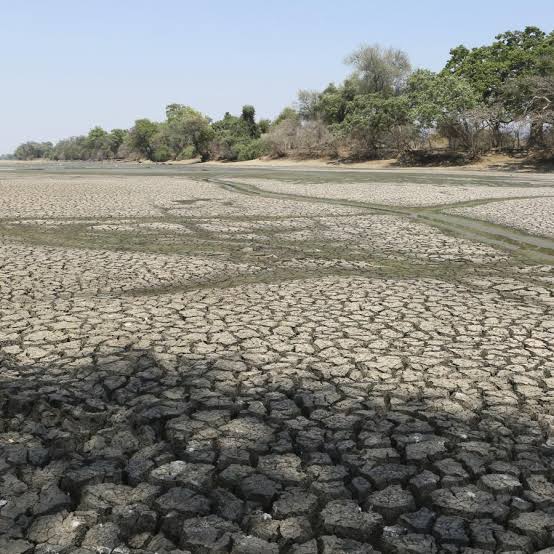Drought grips Nebrasaka, another state in the USA

We certainly need to see our weather pattern change as most of Nebraska is now in severe to extreme drought. Each week over the past three months the drought conditions have been getting worse. The federal government has designated six Nebraska counties as disaster areas because of drought.
U.S. Agriculture Secretary Sonny Perdue announced Monday that agricultural producers in Colfax, Cuming, Dawes, Dodge, Stanton and Thurston counties are eligible for emergency loans for losses caused by drought.
Producers in counties contiguous to those six also can apply for the loans, which can be used to pay to replace equipment or livestock, refinance debts or many other purposes. The contiguous counties are Box Butte, Burt, Butler, Dakota, Dixon, Douglas, Madison, Pierce, Platte, Saunders, Sheridan, Sioux, Washington and Wayne. Five of the counties are in northeast Nebraska and one, Dawes, is in the Panhandle. Those two areas are the ones hit hardest by the state's worst drought in six years. Almost all of Cuming County was in extreme drought as of last week, and several Panhandle counties are. Many of the other counties where producers are eligible for loans are in severe drought.
Frost possible Friday morning; drought continues to get worse after dry September
As of last week, 77% of Nebraska was experiencing drought conditions, with about one-third of the state in severe or extreme drought.
The National Weather Service said in its weekly drought report that areas in extreme drought are likely to experience a scarcity of hay and livestock producers could wind up having to sell their cattle early. Forty-two counties in Nebraska have already authorized emergency haying and grazing on land that's in the Conservation Reserve Program. The dry conditions have allowed farmers to get ahead of schedule on harvest, but crop quality has suffered somewhat.
According to the USDA's weekly crop progress report, 63% of both the soybean and corn crops are rated good or excellent as of this week. That compares with 73% of corn and 74% of soybeans at the same time last year.
Drought tightens grip on Nebraska as hot, dry spell looms
Severe and extreme drought conditions also can lead to lower crop yields.
In her weekly Crop Watch column, Reuters reporter Karen Braun said soybean yields for the Burt County farmer she follows were well below normal and below projections from the spring.